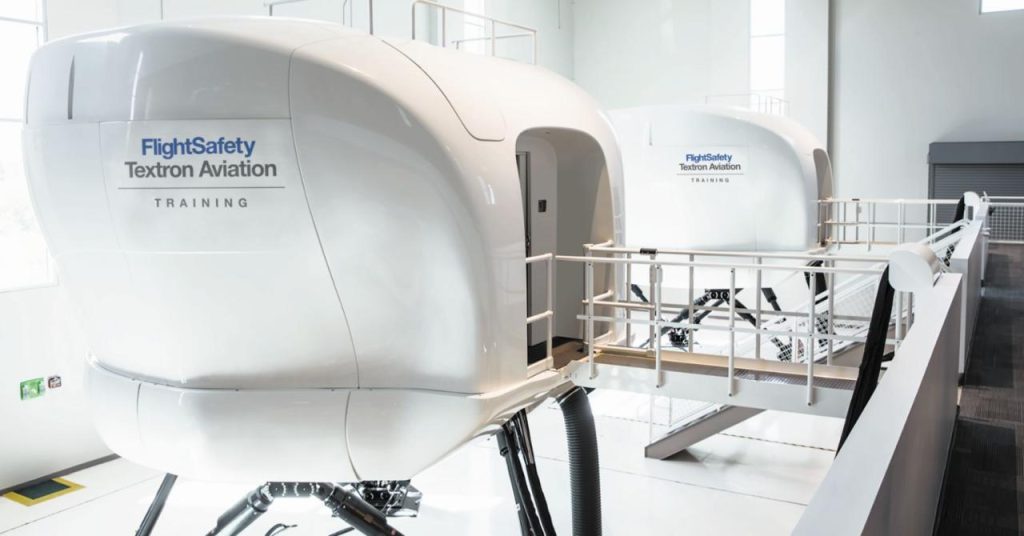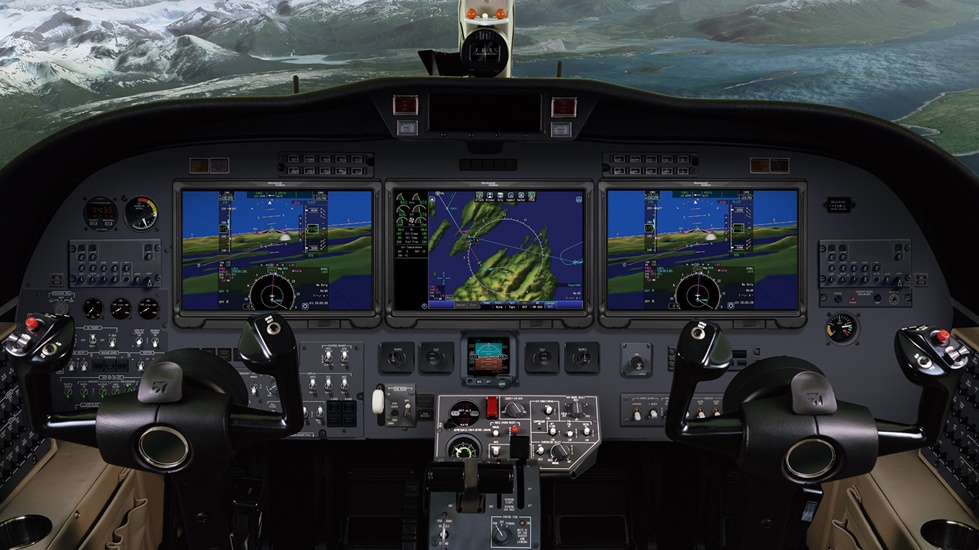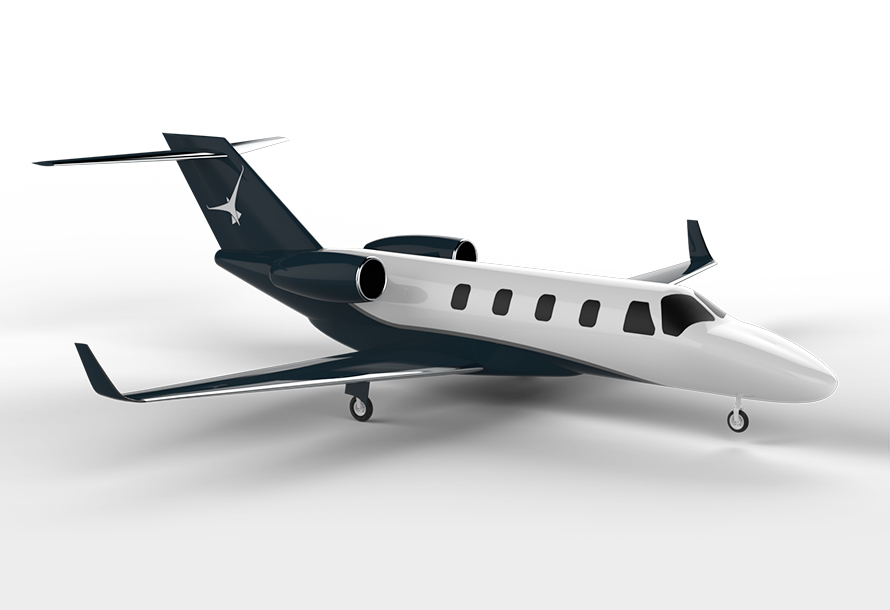CJP wouldn’t be the strong association it is today without the support of its Partner companies, and Platinum Partners Garmin, FlightSafety, Collins Aerospace and Tamarack Aerospace shared their latest developments with CJP 2023 attendees.

“Imagine 15 years ago, 2008, you’re the marketing director of Textron, Collins, Garmin, FlightSafety or Tamarack,” said CJP Interim CEO David Miller at the start of the presentation. “Your phone rings and it’s CJP. ‘What’s that? They want how much? Okay, how many members? Six?
“Well, here we are 15 years later, thanks to the tremendous support of our partners,” he added.
Garmin
Phil Straub, executive vice-president and managing director of Garmin, started off by noting the company’s first place finish in Aviation International News’ annual Avionics Product Support Survey for the 20th consecutive year. “Our goal is that you have a trouble-free life experience, so you don’t need to rely on [product support,]” he said. “But if you do, we’re gonna be there for you.”

Garmin also recently opened its new, 600,000 sq. ft. Aviation Business Center. (“We have the training facilities. We have dedicated hardware and kiosk facilities for you to do business in with WiFi, a cafeteria.”) Straub also noted the recent certification of Garmin’s Autoland in the Beechcraft King Air 200, with approval on the 300-series expected next year.
Garmin also plans to roll out usability enhancements for the Citation Mustang’s G1000 avionics and the G3000 panel in the CJ3+ and M2, and work continues on completing FAA certification for Garmin’s G600/GFC 600 autopilot upgrade program for the CJ2.
“I was really hoping to stand here in front of you and say [the CJ2 upgrade] done,” Straub said. “Well, we’re close. We’re not far off.”
FlightSafety Textron Aviation
The ongoing pilot hiring crunch and workforce shortages across the industry mean simulator training slots remain as valuable as gold bullion Brian Moore, CEO and director of operations of FlightSafety Textron Aviation Training, updated CJP members on the status of his company’s efforts to stem the backlog.

“We hate it as much as you do,” he said of the delays, “but we are seeing some positivity. We made changes this year with instructor compensation, some of the variable pay benefits, as well as quality of life initiatives to make sure we can retain the folks we’ve got and attract new instructors.”
Moore also observed the job market for sim instructors looks to be stabilizing. “We’re starting to see that attrition rate on the new hires slowing down, which is a good sign for us,” he said. “We’re also starting to see some of the folks who went off to a flying job realize the timeline they were promised wasn’t that they thought it was. So we’re starting to see those folks come back.”
FlightSafety has also upgraded its CJ1 simulator in San Antonio, TX with a GTN 750 and visual upgrades, along with visual upgrades to its CJ2+ sim. However, the company is also rebalancing its sim availability in light of the looming closure of the SAT facility, with most equipment and personnel moving to the company’s training facility in Houston.
“As a result of moving all those simulators, I went down to [Houston] and said, ‘we’ve got to upgrade this place,” Moore said. “That going to kick off by December.”
Collins Aerospace
Steve Adolphs, director of business and regional avionics programs for Collins Aerospace, highlighted the company’s new Version 2.0 upgrade for the Pro Line Fusion on the CJ1+/CJ2+/CJ3.

“We’ve had a lot of feedback, a lot of thought and planning and a lot of inputs of what are we going to do to bring those next updates to that system,” he said. “There are several of our dealer partners that are here as well, that will be here to talk with you about this particular install.”
Other projects in work include an upgrade path to Fusion for other Citations currently equipped with Pro Line 21 avionics and CPDLC installations. Collins is also working on increasing availability of radar altimeters that are resistant to interference from 5G communications signals.
“I hear a lot of feedback that people are sick of hearing about 5G,” he said. “This is a real thing. We have a lot of airline customers that are experiencing flight deck effects and interference, and as these 5G towers start broadcasting at higher power levels, things are happening.”
Collins is also looking toward the next generation of aircraft avionics platforms that look to transcend even the high level of technology and automation available today.
“Industry trends are really forcing us to think differently about the fundamental system architectures,” Adolphs said. “Buzzwords like open architectures, multi core processing – all these words, but what does that really mean for the people that are operating the aircraft? Does it make it safer, easier, more straightforward?
“We’re doing some early prototyping, especially on the software front,” he added. “My team has a focus on ensuring future solutions that are also applicable to the aftermarket.”
Tamarack Aerospace
Lastly, Tamarack Aerospace Sales Director Eric Cunningham and Sales Manager Tim Smith offered an overview of the company’s innovative active winglets that offer real benefits to the light jet market.

“Basically, we raise the lift coefficient in a given angle of attack or lower the angle of attack at the same lift coefficient,” Smith explained. “By adding more lifting surface and increasing the aspect ratio, we give more lift. The result is dramatically increasing the certified single-engine climb performance.”
The installed fleet for Tamarack’s winglets is approaching 200 aircraft, and Cunningham detailed a new “lease-to-own” program to expand that number higher.
“You get all the benefits of the Tamarack winglets immediately,” he said. “A 10-day installation with just $50,000 down, zero interest for 24 months and full warranty throughout the lease.” The lease payments are also fully tax deductible, Cunningham added.